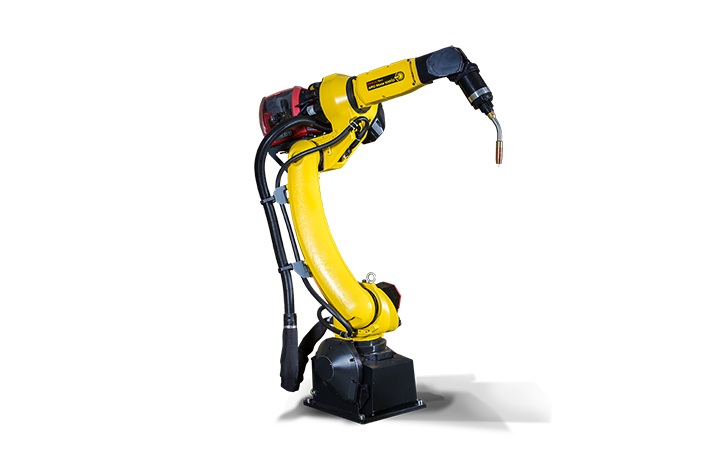
Introduction
Rockwell Automation’s announcement of integrating NVIDIA Omniverse APIs into its Emulate3D digital twin software marks a significant leap in manufacturing technology. This collaboration enhances the capabilities of digital twins, leveraging AI-driven physics simulations and real-time visualization to optimize factory operations. The integration is poised to redefine how factories approach equipment development, system-level testing, and operational scalability.
Why Digital Twins Matter
Digital twins replicate physical systems in virtual environments, enabling simulation, testing, and optimization without disrupting real-world operations. They accelerate equipment design, reduce implementation risks, and streamline startup times. However, as manufacturing lines grow, the complexity of integrating disparate systems increases, often leading to inefficiencies. To overcome these challenges, manufacturers need a holistic, scalable, and collaborative approach.
The Role of NVIDIA Omniverse in Emulate3D
- Enhanced Interoperability and Visualization
NVIDIA Omniverse’s OpenUSD (Universal Scene Description) foundation facilitates seamless interoperability between various software and hardware systems. Emulate3D will leverage this to create cohesive, factory-scale digital twins that span multiple machines and processes. NVIDIA RTX rendering technology offers real-time, photorealistic visualization, enabling dynamic testing and system-level emulation previously unattainable. - AI-Powered Physics Simulation
Omniverse incorporates AI-driven physics simulation, which enhances the predictive accuracy of digital twins. This allows manufacturers to anticipate potential failures, optimize workflows, and improve system integration, resulting in reduced downtime and higher efficiency across the production line. - Scalability for Complex Operations
As manufacturing demands evolve, scalable digital twins are essential. NVIDIA Omniverse’s cloud-based architecture ensures that Emulate3D can handle complex, large-scale projects. Engineers can simulate entire factory environments, from individual machine behavior to full production lines, without encountering computational bottlenecks.
Key Benefits of the Integration
- System-Level Testing and Collaboration: Engineers across different disciplines can collaborate in real-time, enabling comprehensive system-level testing that bridges silos.
- Vendor-Agnostic Flexibility: The integration is designed to work seamlessly across different hardware and software platforms, ensuring flexibility in diverse manufacturing environments.
- Reduced Startup Risk: By simulating entire factory operations, manufacturers can identify and mitigate risks before implementing physical changes, reducing both costs and startup times.
Future Prospects: What to Expect in 2025
The integration, slated for early 2025, positions Rockwell Automation and NVIDIA as leaders in the digital twin revolution. As the technology matures, we can anticipate even more sophisticated use cases, such as autonomous factory optimization, real-time supply chain simulations, and advanced predictive maintenance models.
Conclusion
The integration of NVIDIA Omniverse into Rockwell Automation’s Emulate3D is a game-changer for digital twin technology in manufacturing. By combining cutting-edge visualization, AI-powered simulation, and cloud scalability, this partnership is set to redefine factory operations, enabling smarter, more efficient, and more collaborative manufacturing processes.






